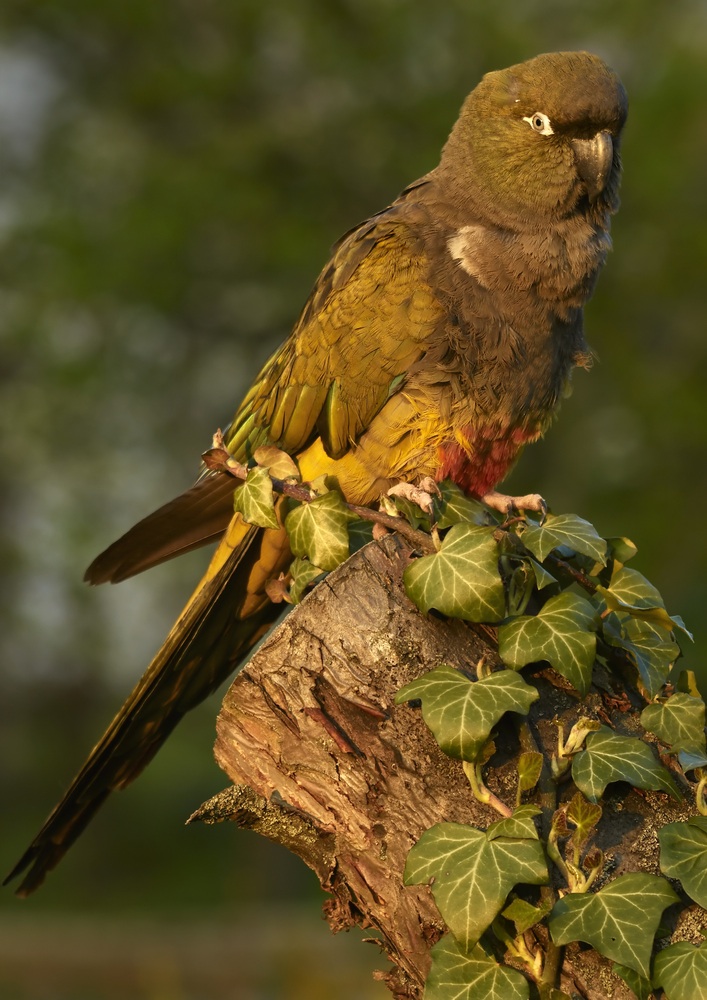Welcome to the World of Birds!

Birds have been kept as pets for thousands of years for a variety of reasons - some are excellent mimics, others are talented songsters and they may have colourful plumage too. In the case of poultry, they also valued for their eggs too.
The rarest pet bird ever .... and a mystery which has never been solved

There are over 330 different types of parrot in the world, and while some are very rare in the wild, the case of Whitley's conure has puzzled ornithologists for more than eighty years. Only one example of this particular parrot has ever been recorded. It came from an unknown location in southern South America, and passed into the care of Herbert Whitley, who kept a large collection of birds at Paignton in Devon, during 1926.
Whitley himself was unable to identify this particular parrot, and so he decided to exhibit it at a major bird show being held at Crystal Palace, London, in the hope that one of the visitors might recognise it. David Seth-Smith, the Curator of Birds at London Zoo who attended the show was equally puzzled, and could not identify it with any certainty.
As a result, he suggested that the parrot should be taken to an ornithological conference which was taking place at the British Museum. The experts there decided that it was a member of a previously-unknown species, and so it became known as Whitley's conure, being given the scientific name of Aratinga whitleyi.
The name 'conure' is simply a term used for some groups of parakeets which live in parts of Central and South America. Whitley's conure had a distinctive area of orangish-red plumage above its bill, bordered by yellow, with the remainder of the head, chest and wings being green. Its underparts were orange, becoming a much more redder colour between the legs. It measured about 41cm (16in) long, which is significantly larger than most conures, with its size simply adding to the puzzle.
The only clue to its possible links lies in reddish area between its legs, which is a feature shared with the largest of all conures, known as the Patagonian (see picture), races of which are found in Argentina and Chile.
There is no other obvious similarity between these two psittacines however, and in fact, bright coloration on the abdomen is a feature found in the case of many members of the parrot family. Further investigations also suggested that Whitley's conure originated from further north, probably in Brazil, but since then, no similar birds have ever been discovered.
During the 1980s however, three previously unknown species of parrot were discovered in South America, so it is certainly not outside the bounds of possibility that somewhere on the continent, perhaps in Brazil, there is a population of Whitley's conures still awaiting discovery by ornithologists today.